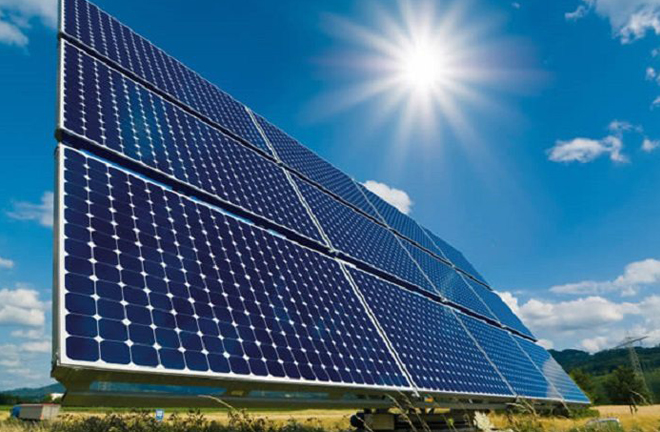Academics zoom in on dynamics of global energy picture

The world energy structure has been undergoing continuous adjustments and transformations with breakthroughs in exploitation technologies of such energy sources as oil and gas, growth of non-conventional energy like wind, solar and nuclear energy, and development of information-based, intelligent energy production and consumption.
Scholars recently got together in Shanghai to examine changes taking place in global energy.
Held on Dec. 2 at Fudan University, the symposium on “World Energy Revolution and China-Eurasia Energy Cooperation” was sponsored by the Center for Russian and Central Asian Studies under the university’s Institute of International Studies (IIS).
Attendees concurred that the world energy structure has been undergoing constant adjustments and transformations with breakthroughs in exploitation technologies of such energy sources as oil and gas; growth of non-conventional energy, like wind, solar and nuclear energy, and development of information-based, intelligent energy production and consumption. This has profoundly impacted the global political landscape, they said.
“The global energy pattern is going through significant changes,” said Feng Yujun, deputy director of the IIS, noting that technological leaps are a fundamental feature of the world energy revolution.
The extensive application of hydraulic fracturing in the US oil and gas sector, distributed energy technology, and wind and solar energy have revolutionized the global energy industry, Feng said.
Technological revolution has spurred the rapid development of non-conventional oil and gas exploitation while traditional oil and gas continues to grow steadily, Feng said. The diversification of energy supplies, particularly oil and gas, has accelerated, and a buyer’s market is emerging, which will exert deep impacts on the world energy market and geopolitical pattern.
Yu Jianhua, deputy director of the Institute of International Relations at the Shanghai Academy of Social Sciences, said that non-conventional energy will account for a growing share of energy consumption and trade structure, which is currently dominated by oil and gas, leading to balanced development.
Yu pinpointed three major trends as global energy enters a new transition period: developing countries are replacing the OECD as the main consumers; the diversification of energy sources is irreversible, with renewable energy increasing and natural gas embracing a “golden age;” and energy transition from conventional to non-conventional oil and gas has arrived.
Constant progress in energy technology has made the energy structure increasingly low-carbon, diversified and intelligent.
Zhang Maorong, an associate research fellow at the Institute of World Economics at the China Institutes of Contemporary International Relations, said that clean and low-carbon energy have gradually been prioritized on the policy agenda of countries around the world.
In the development of renewable energy, China and the United States have apparently led the way, Zhang said, adding that the renewable energy in two countries and the European Union will continue to grow at a relatively high rate in the next 15 years.
In 2016, China’s total wind power capacity exceeded that of the United States, and it is the world number one in terms of equipment production and installed capacity of photovoltaic power generation. China has become the most important driver of global energy structure optimization, Zhang said.
The China-proposed “Belt and Road” initiative has received a positive response from many countries, and early results achieved in the initiative show that energy cooperation is one of the most crucial fields.
Feng said that the fruits of energy cooperation between China and Eurasian nations have created a foundational framework for trans-Eurasia regional energy cooperation. In particular, the construction of oil and gas pipelines linking China and Russia and Central Asia has laid a solid groundwork for future trans-Eurasia energy cooperation, Feng added.
